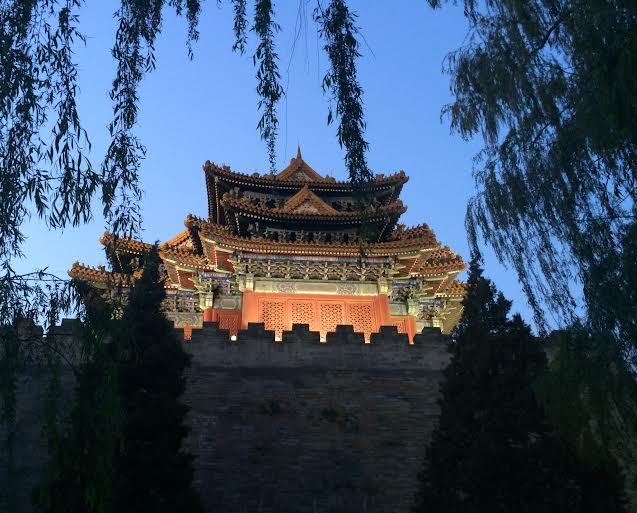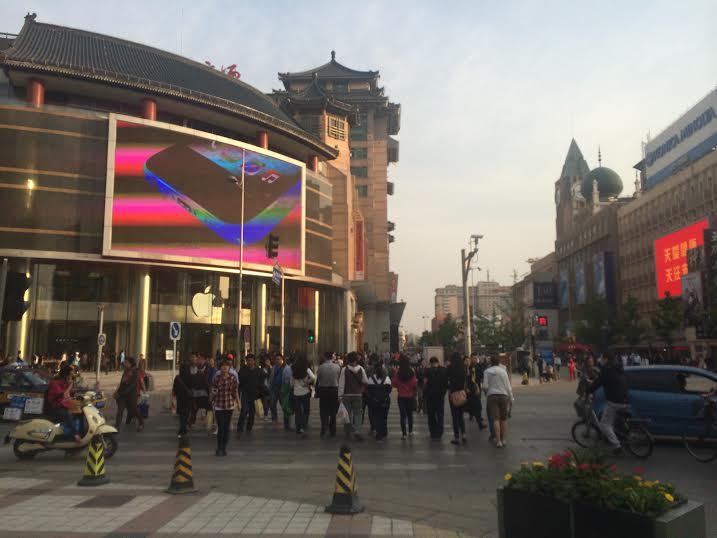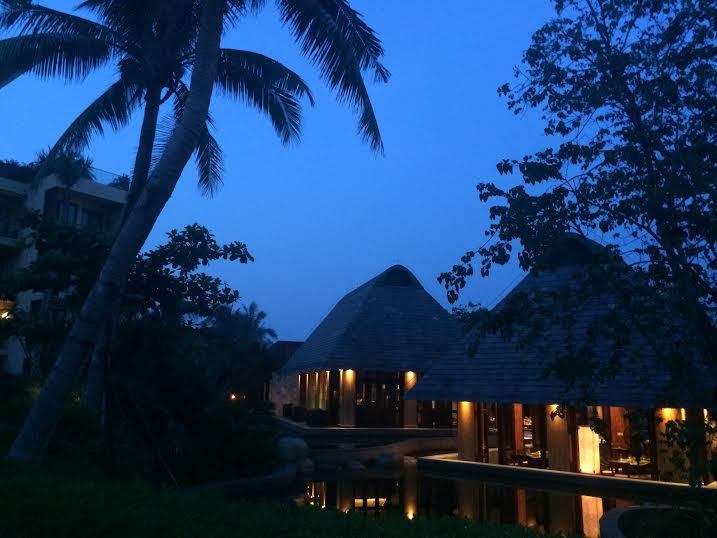Travel News
How Chinese Travelers Are Changing the Travel Industry
 When it comes to travel and tourism, all eyes are on China. Peter Greenberg recently traveled to Hainan Island in the South China Sea for the World Travel & Tourism Conference (WTTC) 14th Global Summit. While he was there, Peter sat down with icons from the travel industry, including Jean-Claude Baumgarten, recent president and CEO of the WTTC to discuss how Chinese travelers are changing the tourism industry as a whole. Read on to find out more, and click here to listen to the interviews on Peter’s Travel Today Podcast.
When it comes to travel and tourism, all eyes are on China. Peter Greenberg recently traveled to Hainan Island in the South China Sea for the World Travel & Tourism Conference (WTTC) 14th Global Summit. While he was there, Peter sat down with icons from the travel industry, including Jean-Claude Baumgarten, recent president and CEO of the WTTC to discuss how Chinese travelers are changing the tourism industry as a whole. Read on to find out more, and click here to listen to the interviews on Peter’s Travel Today Podcast.
China will overtake the U.S. as the largest outbound travel market this year. According to the United Nations World Tourism Organization, 100 million Chinese tourists are expected to travel abroad in 2015. Chinese travelers are also the top source of tourist cash, having spent over US$100 billion in 2012, a staggering 40 more than the previous years.
Richard Lowe, managing director co-head of the London region of Barclays, explains that “there will be some [businesses] catering towards Chinese tastes, and retailers will be looking at what Chinese tourists would like to purchase. Hotels are jumping on the trend wholeheartedly. Marriott has been teaching their employees basic Mandarin phrases, and other hotels such as Sheraton and Westin are translating menus and adding bedroom slippers.”
The increase in travel can partly be attributed to the quick growth of the Chinese middle class. According to a study by McKinsey & Company, in 2000, 4 percent of Chinese people were in the middle class range (making US$9,000 to $34,000). By 2012, 68 percent of Chinese people were in the middle class range.
Why are there so many Chinese travelers? The answer is a great combination of Chinese economic growth and the world embracing it. President Obama will sign a Presidential Memorandum “calling for reductions in wait times for travelers at our 15 largest airports and take additional executive actions to encourage more international travelers to come to the United States, making it easier for foreign tourists to see more and spend more in the United States,” the White House blog states. The president aims to reach beyond the current 70 million international tourists that visit each year to 100 million by 2020.
 In the United Kingdom, Chancellor George Osborne announced a same day (technically 24 hours) “super priority” visa process for urgent travelers from China, much like it did for India last year. Osborne also unveiled a plan to use the Schengen agreement with China, meaning if a Chinese tourist applies for an EU visa using the simplified Schengen application and gets accepted, they can travel to the UK with no problem.
In the United Kingdom, Chancellor George Osborne announced a same day (technically 24 hours) “super priority” visa process for urgent travelers from China, much like it did for India last year. Osborne also unveiled a plan to use the Schengen agreement with China, meaning if a Chinese tourist applies for an EU visa using the simplified Schengen application and gets accepted, they can travel to the UK with no problem.
Countries are catering to China because Chinese tourism focuses mainly on shopping, according to Dr. Yong Chen of Hong Kong Polytechnic University. But it’s not just tourist trinkets. In their conversation, Peter recalls being being at the Charles De Gaulle airport in Paris recently and seeing wine bottles in a duty-free shop that were being sold for US $1600. When he asked who would buy that at an airport, the locals explained it was primarily the Chinese.
One reason for such large duty-free purchases has to do with the fact that luxury items in China are usually imports and cost a lot more there, according to Dr. Wolfgang Georg Arlt, director of the China Outbound Tourism Research Institute. If you plan to buy a lot of stuff, in the end it can be cheaper to simply fly to where the items are and buy them there. If you’re going to spend a few thousand dollars, then why not get a vacation out of it?
 The reverse is also happening: China is becoming a hotspot for tourism. In 2010, China set into motion a plan to build 55 airports by 2015. In comparison, the last airport built in the US was the Denver International Airport in 1995. Beijing has begun constructing a second, $11.2 billion, mega-airport that will have 7 runways, capable of handling 120 million to 200 million passengers a year.
The reverse is also happening: China is becoming a hotspot for tourism. In 2010, China set into motion a plan to build 55 airports by 2015. In comparison, the last airport built in the US was the Denver International Airport in 1995. Beijing has begun constructing a second, $11.2 billion, mega-airport that will have 7 runways, capable of handling 120 million to 200 million passengers a year.
This year’s World Travel & Tourism Council 14th Global Summit was held in the province of Hainan, a 13,000 square foot island off the southern coast of China, which had been previously billed by the locals, perhaps a little tongue-in-cheek, as “the Chinese Hawaii.” Jean-Claude Baumgarten, president of the WTTC, said, “this island, in 10 years time, will be one of the hottest international destinations.” In addition to the hotels already in place on the island, more are being built in anticipation of more tourists. Just as the West is learning Mandarin to prepare for Chinese travelers, Baumgarten said that people in Hainan and China are trying hard to understand English to be ready for international tourists.
For more information about international travel news, check out:
- Why Airlines Are Against Preclearance in Abu Dhabi
- Will Climate Change Affect the Future of Travel?
- FIFA World Cup Safety in Brazil: What You Need to Know
- Will the Persian Gulf Become A Crossroads for International Travel?
By Cody Brooks for PeterGreenberg.com













